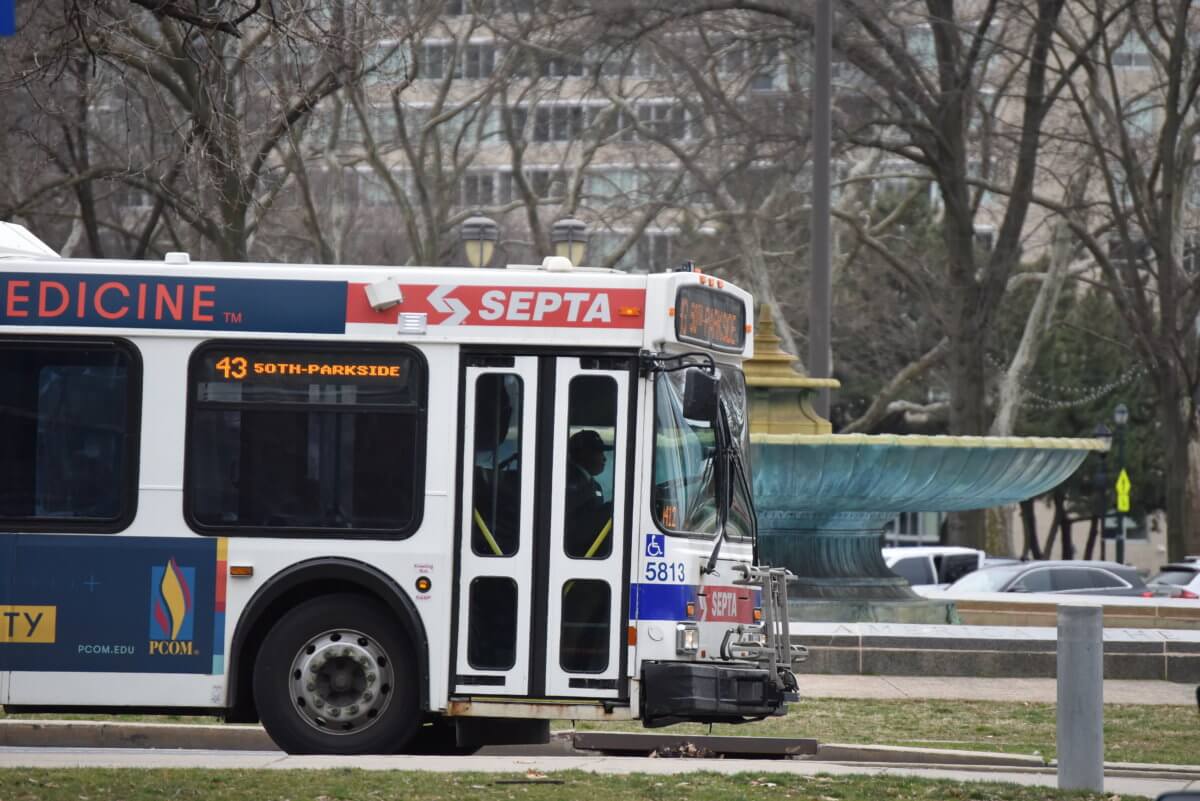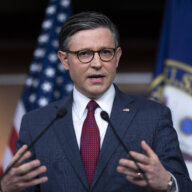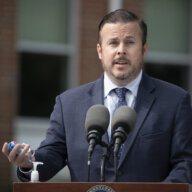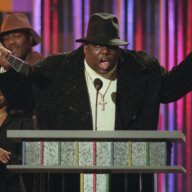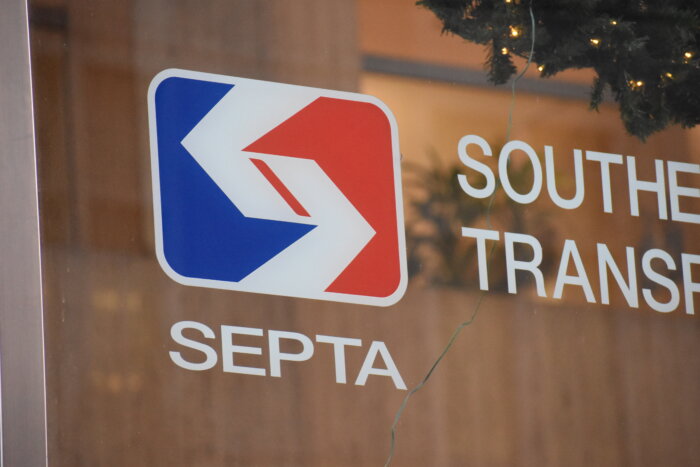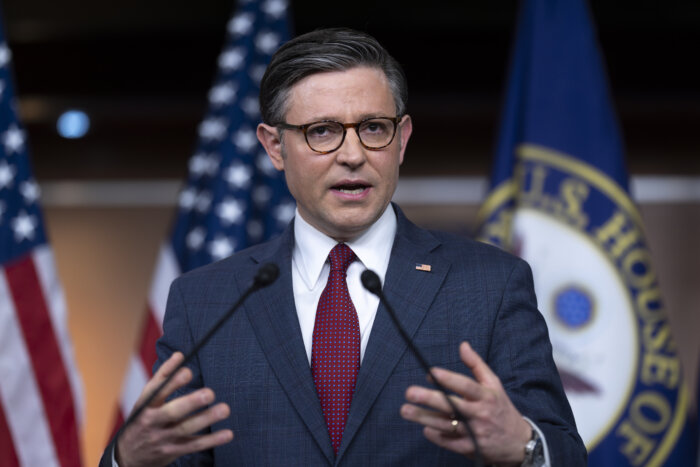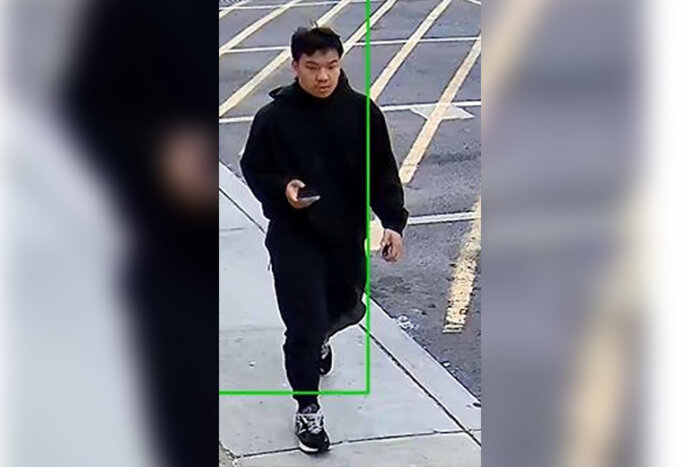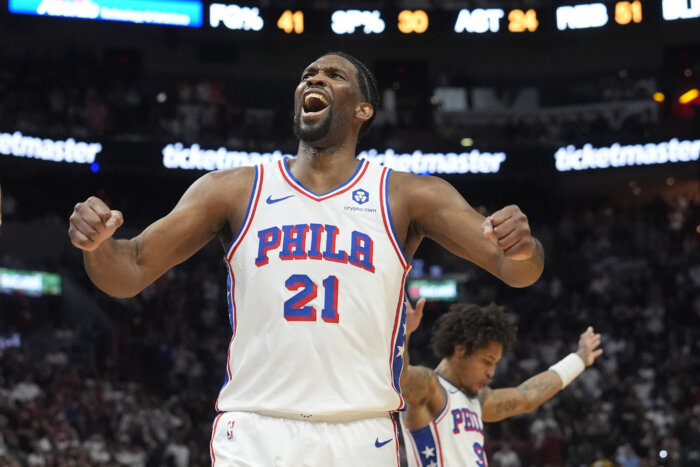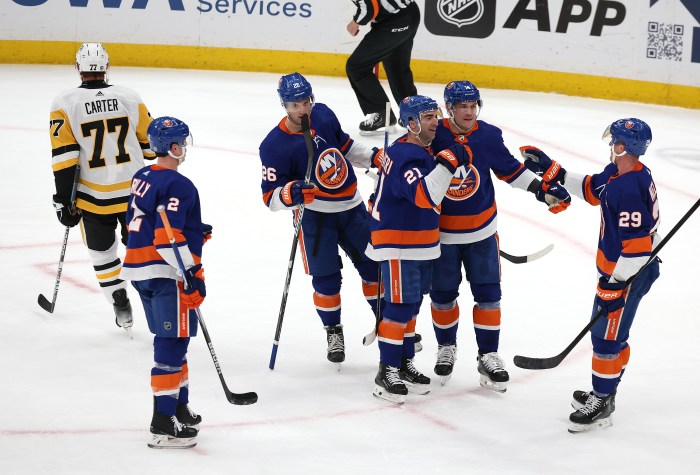They will return.
At least according to one survey, most riders will come back to buses, subways and Regional Rail lines over the next several months.
Privately, some have expressed concerns about the safety of public transportation during and even after the pandemic.
In early July, Moovit, an Israeli-based company that operates a popular transit app, polled more than 5,000 of its users in four U.S. cities, including 500 in Philadelphia.
The firm predicts that SEPTA’s ridership will bounce back to nearly 85 percent of pre-pandemic levels in six months.
People were asked what would encourage them to return to public transit. The number one answer? Ensuring a safe distance.
“Social distancing and everything related to that is becoming very important for the citizens,” Moovit’s Yovav Meydad told Metro. “As a result, public transit agencies might have to adapt their service.”
SEPTA has adapted its service multiple times since COVID-19 hit, and, this week, it began deploying “social distancing coaches” to remind riders to keep six feet apart.
Overall ridership, which was down about 90 percent in April and May, has “very gradually” started to climb, SEPTA spokesman Andrew Busch said. It’s now at 30 to 35 percent of normal levels, though Regional Rail continues to lag at 10 to 15 percent.
Major employers have told SEPTA they plan to keep office workers, Regional Rail’s ridership base, home for the time being.
A majority of riders, 55 percent, say effective social distancing would make them more likely to come back to the transit system, according to Moovit’s survey of people in the Philadelphia region.
Nearly half of respondents said they would like to have real-time arrival information to avoid waiting at crowded stops, and 45 percent said service should become more frequent to decrease crowding on vehicles.
About a third thought it would be helpful to know which vehicles are crowded in advance, information Meydad said is available through Moovit’s app, which shares user reports with other riders.
SEPTA has taped off seats so people don’t sit too close too each other, and drivers have been told to skip stops if a vehicle reaches its COVID-19 passenger limit — 20 for normal-sized buses and 25 for trolley cars.
However, that rule will not remain in place for much longer, as people return to public transportation, Busch said. SEPTA is already using its full vehicle capacity.
“We know that as vehicles get more crowded moving forward that full social distancing isn’t always going to be possible,” he said.
The social distancing coaches will be sent out at peak travel times on Tuesdays and Thursdays to busy hubs, like 15th Street Station and Frankford Transportation Center, to remind people of SEPTA’s mask requirement and give suggestions about distancing.
Busch said the program will run until the end of the month, at which point officials will decide whether to extend it or try other methods.
A recent analysis of surveillance footage showed that 81 percent of SEPTA riders are wearing masks, though the number dipped to 63 percent on the Market-Frankford Line.
The authority will focus on getting more people to use face coverings, and it will continue its enhanced cleaning program.
“We think (returning riders) are going to see the system cleaner than it’s ever been,” Busch said.



